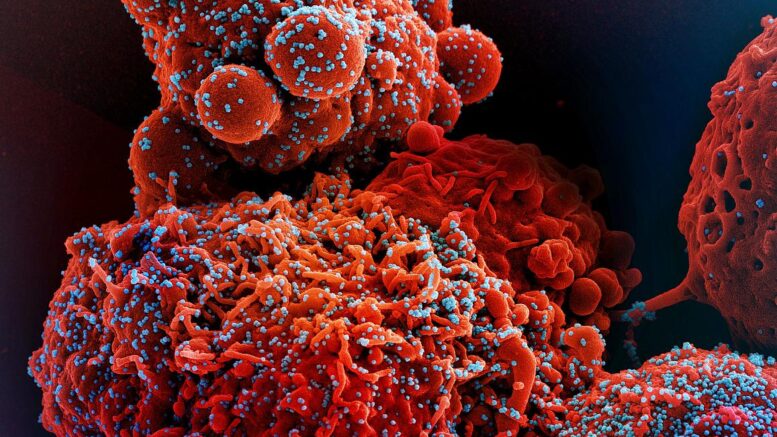A correlation between antibody levels and risk of infection has been demonstrated for the wild-type, Alpha, and Delta SARS-COV-2 variants. High rates of breakthrough infections by the Omicron variant emphasized the need to investigate whether the humoral response elicited by mRNA vaccines is also associated with reduced risk of Omicron infection and disease.
The study sought to investigate whether the high antibody levels in individuals who have received at least three doses of an mRNA vaccine are associated with reduced risk of Omicron infection and disease.
This prospective cohort study used serial real time–polymerase chain reaction (RT-PCR) and serological test data from January and May 2022 to assess the association of pre-infection immunoglobin G (IgG) and neutralizing antibody titers with incidence of Omicron variant infection, incidence of symptomatic disease, and infectivity. Participants included healthcare workers who had received three or four doses of an mRNA COVID-19 vaccine. Data were analyzed from May to August 2022.
The main outcomes were incidence of Omicron infection, incidence of symptomatic disease, and infectivity. Outcomes were measured using SARS-COV-2 PCR and antigen testing and daily online surveys regarding symptomatic disease.
This study included 3 cohorts for 3 different analyses: 2310 participants were included in the protection from infection analysis (4689 exposure events; median [IQR] age, 50 [40-60] years; 3590 [76.6%] among female health care workers), 667 participants (median [IQR] age, 46.28 (37.44,54.8); 516 [77.4%] female) in the symptomatic disease analysis, and 532 participants (median [IQR] age, 48 [39-56] years; 403 [75.8%] female) in the infectivity analysis. Lower odds of infection were observed for each 10-fold increase in pre-infection IgG (odds ratio [OR], 0.71; 95% CI, 0.56-0.90) and for each 2-fold increase in neutralizing antibody titers (OR, 0.89; 95% CI, 0.83-0.95). The odds of substantial symptomatic disease were reduced for each 10-fold increase in IgG levels (OR, 0.48; 95% CI, 0.29-0.78) and for each 2-fold increase in neutralizing antibodies levels (OR, 0.86; 95% CI, 0.76-0.96). Infectivity, assessed by mean cycle threshold value, was not significantly decreased with increasing IgG or neutralizing antibodies titers.
In this cohort study of vaccinated healthcare workers, IgG and neutralizing antibody titer levels were associated with protection against infection with the Omicron variant and against symptomatic disease.
Reference: Gilboa M, et al. Factors Associated With Protection From SARS-CoV-2 Omicron Variant Infection and Disease Among Vaccinated Health Care Workers in Israel. JAMA Netw Open. 2023;6(5):e2314757. doi:10.1001/jamanetworkopen.2023.14757
